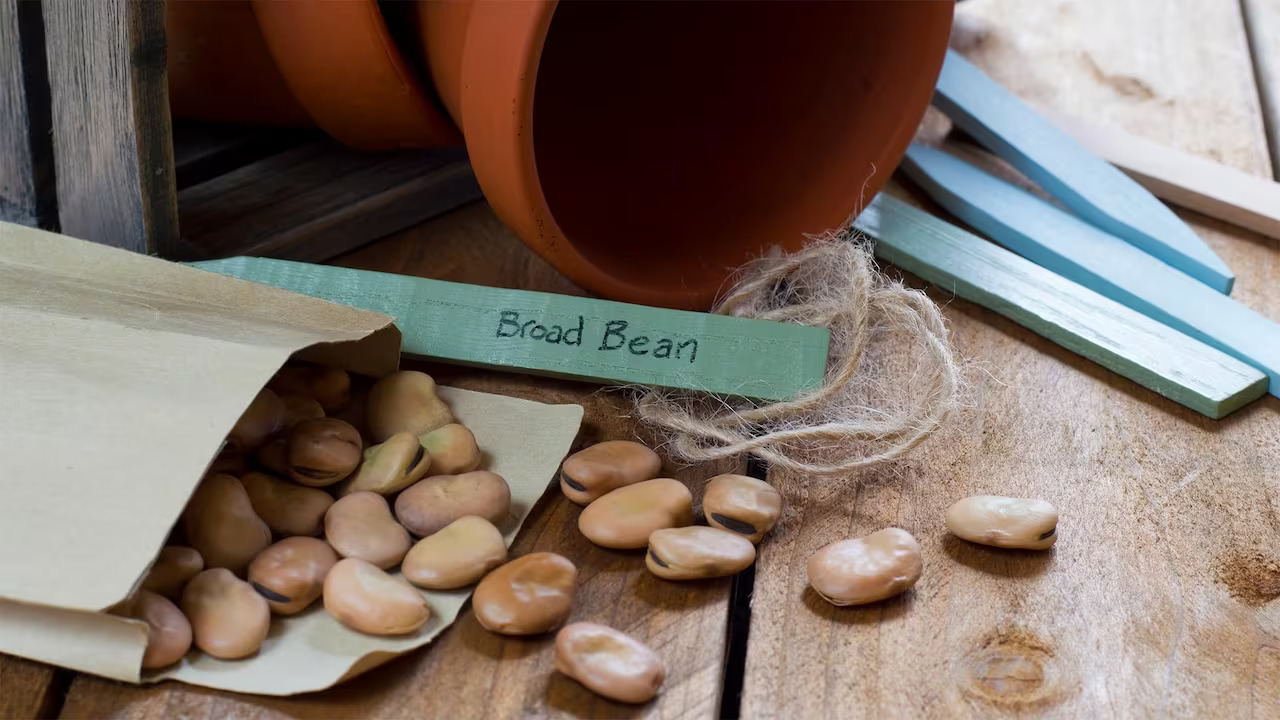

Articles
How To Store Seeds For Next Year
Modified: March 24, 2024
Learn how to store seeds for next year with our informative articles. Discover the best methods and tips for successful seed preservation.
(Many of the links in this article redirect to a specific reviewed product. Your purchase of these products through affiliate links helps to generate commission for Storables.com, at no extra cost. Learn more)
Introduction
As a gardening enthusiast, you have likely put a lot of time and effort into cultivating a beautiful and fruitful garden. But what happens when the growing season comes to an end? One way to continue your gardening endeavors and save on costs is by storing seeds for next year.
Seed saving is an age-old practice that allows gardeners to preserve the genetic diversity of plants and become self-sufficient in seed production. By carefully collecting, cleaning, and storing seeds, you can ensure a steady supply of high-quality seeds for future growing seasons.
In this article, we will explore the importance of storing seeds, provide guidance on choosing the right seeds to save, and offer a step-by-step guide on how to harvest, clean, package, and label seeds. We will also discuss the ideal storage conditions and provide tips for maintaining seed viability over long periods of time. Lastly, we will highlight common seed saving mistakes to avoid.
By the end of this article, you will have all the knowledge and tools necessary to successfully store seeds and confidently start your next gardening season.
Key Takeaways:
- Preserve plant diversity and save money by storing open-pollinated or heirloom seeds. Follow proper harvesting, cleaning, and storage techniques to ensure a continuous supply of high-quality seeds for future gardening endeavors.
- Avoid common seed-saving mistakes and maintain seed viability by selecting the right varieties, monitoring storage conditions, and practicing regular germination tests. Proper labeling and record-keeping will help manage and utilize your seed collection effectively.
Read more: How To Store Vegetable Seeds For Next Year
Importance of Storing Seeds
Storing seeds is not just a practical way to save money; it also plays a crucial role in preserving the biodiversity of plant species. Many modern cultivars are hybrids that lack the ability to produce true-to-type offspring from saved seeds. By saving and storing heirloom or open-pollinated seeds, you help maintain genetic diversity and the potential for adaptability in plants.
Another advantage of storing seeds is the ability to plant specific varieties that may not be readily available commercially. If you have a favorite tomato variety or a unique flower that you want to grow year after year, storing seeds allows you to maintain a constant supply of those cherished plants.
Furthermore, when you save seeds from your own garden, you can select and save seeds from the healthiest and most productive plants. Over time, this practice can result in plants that are better adapted to your specific growing conditions, leading to increased yields and resilience.
Storing seeds also gives you the opportunity to experiment and try new varieties without having to purchase them every year. You can explore different varieties and discover the ones that best suit your tastes and climate, all while saving money in the process.
In addition to the benefits for your garden, storing seeds can also be a way to connect with nature and preserve cultural heritage. Seed saving has been an integral part of human history, passed down from generation to generation. By participating in seed saving, you become part of this ancient tradition and help safeguard the knowledge and heritage associated with it.
Overall, storing seeds is essential for maintaining genetic diversity, preserving cherished varieties, improving plant adaptability, and cultivating a deeper connection with nature and cultural heritage. It offers gardeners the opportunity to become self-reliant, save money, and embark on exciting gardening adventures with a treasure trove of seeds at their disposal.
Choosing the Right Seeds to Save
When it comes to seed saving, selecting the right seeds is crucial for a successful outcome. Not all seeds are suitable for saving, as some plant varieties may not produce offspring that are true to the parent plant. Therefore, it is important to choose open-pollinated or heirloom seeds for saving.
Open-pollinated seeds, also known as non-hybrid or non-GMO seeds, are pollinated naturally by wind, insects, or other natural means. They have the ability to reproduce true to their parent plants, meaning the saved seeds will produce plants with the same traits as the parent plants.
Heirloom seeds, on the other hand, are open-pollinated seeds that have been passed down through generations. These seeds often have historical or cultural significance, and they come in a wide variety of plants and flavors. By saving and preserving heirloom seeds, you contribute to the preservation of our agricultural heritage.
When selecting plants for seed saving, choose healthy, disease-free specimens that are true representatives of their variety. Avoid saving seeds from plants that exhibit poor traits, such as weak growth, low yield, or susceptibility to diseases or pests.
It is also important to consider the potential for cross-pollination in your garden. Some plant varieties are prone to cross-pollination, which occurs when pollen from one plant variety fertilizes the flowers of another variety. This can result in seeds that have mixed traits and may not grow true to type. To prevent cross-pollination, you can isolate different varieties by distance or time, or use barriers like nets or bags to cover the flowers.
Lastly, choose plants that are suited to your specific growing conditions. Consider factors such as climate, soil type, and sunlight requirements. By selecting seeds that are well-adapted to your garden, you increase the likelihood of successful germination and growth in future seasons.
In summary, choose open-pollinated or heirloom seeds for seed saving, select healthy and disease-free plants, be mindful of potential cross-pollination, and choose varieties that are well-suited to your specific growing conditions. By following these guidelines, you can ensure that the seeds you save will result in thriving plants for your next gardening endeavors.
Harvesting Seeds
Harvesting seeds from your plants is an exciting and rewarding process. It is important to harvest seeds at the right time to ensure that they are mature and viable. Here are some general guidelines for harvesting seeds:
1. Timing: Allow the plant to fully mature before collecting the seeds. The seeds should be fully developed and ready to be dispersed naturally by the plant. This is typically when the fruits or seed heads have turned brown or dry, and the seeds inside can be easily removed.
2. Selecting the best plants: Choose the healthiest and most vigorous plants to collect seeds from. Look for plants that have produced high-quality fruits or flowers and have shown resistance to disease or pests.
3. Seed extraction methods: The method for extracting seeds will vary depending on the type of plant. For fruits such as tomatoes or cucumbers, scoop out the seeds and pulp into a container and allow them to ferment for a few days. Then, rinse the seeds in water to remove any remaining pulp and dry them before storing. For plants with seed heads, such as sunflowers or marigolds, allow the seed heads to dry completely on the plant, then collect the seeds by rubbing or shaking the heads.
4. Cleaning seeds: Once the seeds are extracted, it is important to clean them to remove any debris or remaining plant material. This can be done by gently rubbing the seeds between your fingers or using a fine sieve to separate the seeds from the chaff.
5. Testing seed viability: To ensure that the seeds are viable and will germinate, you can perform a simple germination test. Place a few seeds on a damp paper towel, fold it, and keep it in a warm place for a few days. If a high percentage of seeds sprout, it indicates good seed viability.
It is important to note that some plants, such as hybrid varieties, may not produce seeds that are true to the parent plant. In such cases, it is best to purchase new seeds for the next growing season.
By carefully harvesting seeds from your plants, you can ensure a steady supply of viable seeds for future planting. This allows you to continue growing your favorite varieties and share seeds with fellow gardeners, fostering a sense of community and preserving the genetic diversity of plants.
Cleaning and Drying Seeds
Once you have harvested the seeds from your plants, the next step in the seed-saving process is to clean and dry them properly. Cleaning seeds helps remove any remaining debris or plant material that can affect their long-term storage and viability. Drying seeds thoroughly is essential to prevent them from molding or rotting. Here is a step-by-step guide on cleaning and drying seeds:
1. Remove debris: Start by separating the seeds from the surrounding pulp, fruit flesh, or seed heads. Use your hands or small tools like tweezers or sieves to carefully separate the seeds from any unwanted plant material. Discard any seeds that appear damaged, discolored, or shriveled.
2. Rinse the seeds: Once the seeds are separated, rinse them with water to remove any remaining debris. Use a fine mesh sieve or colander and gently run water over the seeds while stirring them with your fingers. This process will help get rid of any residue or organic matter.
3. Dry the seeds: After rinsing, spread the seeds out evenly on a clean paper towel, coffee filter, or screen. Make sure to spread them out in a single layer to allow for proper airflow. Avoid using cloth towels or paper that has been treated with chemicals, as these substances can negatively affect the seeds. Place the seeds in a well-ventilated area away from direct sunlight and keep them out of reach of pests.
4. Stir and turn the seeds: To ensure even drying, stir and turn the seeds every few days. This will help prevent any moisture buildup and ensure that all sides of the seeds dry uniformly. Be sure to handle the seeds gently to avoid damaging them.
5. Test for dryness: To determine whether the seeds are completely dry, give them a visual inspection. They should appear dry, hard, and without any moisture or softness. In addition, you can perform a snap or bend test for larger seeds. If the seeds snap or break cleanly when bent, they are dry and ready for storage. If they bend without snapping, they may still contain moisture and need more drying time.
6. Store in airtight containers: Once the seeds are thoroughly dried, transfer them to airtight containers such as glass jars, paper envelopes, or resealable plastic bags. Be sure to label the containers with the seed variety, date of collection, and any other pertinent information. Store the seeds in a cool, dry, and dark place, such as a refrigerator or a cool basement.
By following these steps to clean and dry your seeds, you can ensure that they are free from debris and moisture, maximizing their storage potential and viability. Properly cleaned and dried seeds will be ready for future planting, allowing you to continue growing your favorite plant varieties year after year.
Read more: How To Save Pepper Seeds For Next Year
Packaging and Labeling Seeds
Properly packaging and labeling your saved seeds is essential for maintaining organization and ensuring that you can easily identify and use them in the future. Here are some key steps to follow when packaging and labeling your seeds:
1. Choose appropriate containers: Select containers that will keep your seeds safe from moisture, pests, and light. Glass jars with airtight lids, paper envelopes, or resealable plastic bags are all suitable options. Ensure that the containers are clean, dry, and free from any residual odors or chemicals.
2. Divide seeds into smaller batches: If you have multiple varieties of seeds, it’s a good idea to divide them into smaller batches. This will help you stay organized and prevent cross-contamination. Consider using separate containers for each variety or use small envelopes to store individual batches within a larger container.
3. Label each container: Labeling is crucial for easy identification of your seeds. Include important information such as the name of the plant variety, the date of collection, and any other relevant details like the location or specific characteristics of the plants. Use a waterproof pen or permanent marker to write legibly on the containers or envelopes.
4. Include additional information: If you have specific instructions or notes about the seeds, such as special germination requirements or unique growing conditions, consider including this information on the label. This will serve as a helpful reminder when it’s time to plant the seeds.
5. Keep a record: It’s a good practice to maintain a separate seed inventory or list that records all the seeds you have saved. This inventory can include details such as the quantity of seeds, the year they were saved, and any additional notes or observations. Having a record will help you keep track of your seed collection and plan for future plantings.
6. Store in a cool, dry place: Once labeled, store your packaged seeds in a cool, dry, and dark location. A refrigerator or a cool basement are ideal places for seed storage. The cool temperature and low humidity will help prolong the shelf life of your seeds.
Remember, proper packaging and labeling are crucial for maintaining seed viability and ensuring that you can easily access and utilize your saved seeds in the future. By following these steps, you will have a well-organized seed collection that is ready for planting and future gardening endeavors.
Store seeds in a cool, dry place in airtight containers, such as glass jars or plastic bags. Label with the seed type and date. Keep away from moisture and sunlight to maintain viability for the next planting season.
Selecting an Ideal Storage Location
Choosing the right storage location for your saved seeds is essential for maintaining their long-term viability. The ideal storage conditions will ensure that the seeds remain dry, cool, and protected from pests or other potential hazards. Here are some key factors to consider when selecting a storage location for your seeds:
1. Temperature: Maintaining a cool temperature is crucial for seed storage. The optimal temperature range for most seeds is between 32°F (0°C) and 50°F (10°C). Avoid storing seeds in areas that experience extreme fluctuations in temperature, such as near radiators, heaters, windows, or in unheated garages or sheds.
2. Humidity: Excess moisture can cause seeds to rot or promote the growth of mold or fungus. It is important to choose a storage location with low humidity. Aim for a relative humidity of 30-40%. Avoid storing seeds in areas prone to dampness, such as basements or crawl spaces.
3. Darkness: Exposure to light can affect the germination capacity of seeds. It is recommended to store seeds in a dark or dimly lit location, such as inside opaque containers or drawers. Avoid storing seeds in clear or transparent containers that can allow light to enter.
4. Pest-free environment: Pests such as insects or rodents can damage or consume stored seeds. Choose a storage location that is free from pests or has appropriate measures in place to prevent infestations. Seal containers tightly to prevent pests from accessing the seeds.
5. Air circulation: While it is important to maintain a low humidity environment, good air circulation is also necessary. Proper ventilation allows any residual moisture to dissipate and helps prevent the buildup of mold or fungus. Avoid storing seeds in airtight containers without any ventilation.
6. Separate from chemicals: Keep your stored seeds away from any chemicals or strong odors, as these substances can affect seed viability. Avoid storing seeds in close proximity to household cleaning agents, fertilizers, or other potentially harmful chemicals.
7. Accessibility: Ensure that your storage location is easily accessible so that you can check on your stored seeds periodically or retrieve them when needed. Keep in mind that some seeds may require stratification or other pre-germination treatments, so easy access to your seeds will facilitate these processes.
By considering these factors, you can select an ideal storage location for your seeds that provides the optimal conditions for long-term viability. Remember to monitor the storage environment regularly and check the seeds for any signs of deterioration or pests. With proper storage, you can preserve the quality and viability of your saved seeds, ensuring successful germination for future gardening endeavors.
Maintaining Seed Viability
Maintaining the viability of your saved seeds is crucial to ensure their successful germination and growth in future planting seasons. Here are some key practices to help preserve the longevity and viability of your stored seeds:
1. Keep seeds dry: Moisture is one of the main enemies of seed viability. Make sure that your stored seeds are completely dry before packaging and storing them. Even small amounts of moisture can lead to mold, rot, or premature germination. Consider adding desiccant packets or silica gel to the storage containers to absorb any excess moisture.
2. Avoid temperature extremes: Extreme temperatures can harm seed viability. Excessive heat can accelerate seed deterioration, while freezing temperatures can cause damage or cause seeds to lose their ability to germinate. Aim for a cool, stable storage temperature between 32°F (0°C) and 50°F (10°C).
3. Regularly monitor storage conditions: Periodically check on your stored seeds to ensure that the storage conditions remain consistent and optimal. Inspect for signs of moisture, mold growth, or pests. If any issues arise, take immediate action to address them to prevent further damage to your saved seeds.
4. Rotate your seed collection: Seed viability naturally decreases over time. To ensure that you always have fresh and viable seeds, practice seed rotation. Use the oldest seeds first and replenish your collection each year by saving seeds from your current growing season. This ensures a continuous supply of high-quality seeds.
5. Perform germination tests: It’s a good idea to periodically test the germination rate of your stored seeds. This can be done by placing a few seeds on a damp paper towel and observing how many seeds successfully germinate. If the germination rate is low, it may be time to replenish your seed collection or adjust storage conditions accordingly.
6. Store in airtight containers: Use airtight containers to store your seeds and prevent any external factors from compromising their viability. This will protect your seeds from moisture, pests, and fluctuations in temperature. Ensure the containers are properly sealed and label them with the date of collection to keep track of their viability over time.
7. Maintain proper air circulation: While it is important to store seeds in airtight containers, it is also crucial to provide some airflow to prevent the buildup of moisture or mold. Open the containers periodically for a short time to allow fresh air to circulate. Avoid leaving the containers open for too long, as this can lead to rapid moisture absorption.
8. Store in a dark location: Exposure to light can degrade seed viability. Keep your stored seeds in a dark location, away from direct sunlight or bright artificial light. A dark and cool area, such as a pantry or drawer, is an ideal storage spot.
By following these practices, you can maximize the viability and longevity of your saved seeds. With proper care and storage, your seeds can retain their ability to germinate and produce healthy plants for many years to come.
Tips for Long-Term Seed Storage
If you’re looking to store your saved seeds for an extended period, such as several years, there are additional precautions you can take to enhance their longevity and ensure optimal germination rates. Here are some helpful tips for long-term seed storage:
1. Choose the right seed varieties: Some plant species have inherently longer seed viability than others. When selecting seeds for long-term storage, choose plant varieties known for their good storage capability. Research the average seed longevity of different plant species to make informed choices.
2. Dry seeds to optimal moisture content: Seeds should be thoroughly dried before long-term storage. However, it is important to note that seeds should not be overdried, as excessively low moisture content can also impact germination rates. Aim for a moisture content of 6-8% for most seeds.
3. Use moisture-absorbing agents: To prevent moisture buildup and maintain optimal moisture levels, include moisture-absorbing agents such as silica gel or desiccant packets in your seed storage containers. These agents help regulate moisture and prevent mold or fungal growth.
4. Provide consistent temperature and humidity: Maintaining a stable environment is crucial for long-term seed storage. Aim for a cool and consistent temperature between 32°F (0°C) and 50°F (10°C). Additionally, aim for a relative humidity level of 30-40%. Avoid storing seeds in areas prone to temperature fluctuations or high humidity.
5. Consider vacuum sealing: Vacuum sealing your seeds can provide an additional layer of protection against moisture and oxygen exposure. However, be mindful that some seeds, particularly those with high oil content, may not fare well with vacuum sealing and may require other storage methods.
6. Store in multiple containers: Divide your seed collection into multiple containers to reduce the risk of losing all your seeds if one container is compromised. This also allows you to test germination rates periodically without exposing all your seeds to potential damage.
7. Keep records and track seed viability: Maintain detailed records of your stored seeds, including species, collection dates, and expected longevity. Regularly perform germination tests to assess seed viability and adjust your storage plans accordingly. Replace seeds that have low germination rates to ensure a continuous supply of viable seeds.
8. Protect from pests: Pests such as insects or rodents can damage or destroy stored seeds. Use pest control measures such as diatomaceous earth or tightly sealed containers to prevent infestations. If you suspect pest activity, isolate and treat the affected seeds promptly.
9. Avoid freezing seeds unnecessarily: While freezing can be a viable storage method for some seeds, it is not always necessary for all varieties. Freezing may cause damage to certain seeds, especially those with high moisture content. Research the specific requirements of each seed variety before deciding on freezing as a storage method.
By following these tips, you can significantly extend the life of your stored seeds and maintain their viability for long-term storage. Ensuring optimal moisture levels, consistent temperature and humidity, and protection from pests will help safeguard your seed collection for years to come.
Read more: How To Store Bulbs For Next Year
Seed Saving Mistakes to Avoid
Seed saving is a rewarding practice, but it’s important to be aware of common mistakes that can compromise the quality and viability of your saved seeds. By avoiding these mistakes, you can increase the chances of successful germination and ensure a healthy seed bank for future planting. Here are some seed saving mistakes to steer clear of:
1. Saving seeds from hybrid plants: Hybrid plants are the result of cross-pollination between different varieties or species. Seeds saved from hybrid plants will not produce offspring that are true to the parent plant. To preserve the desired traits of a hybrid plant, it is best to purchase new seeds or plants for future cultivation.
2. Harvesting seeds too early or too late: Timing is crucial when harvesting seeds. If seeds are harvested too early, they may not be fully developed and will have low viability. On the other hand, if seeds are left on the plant for too long, they may become overripe, making it challenging to extract and clean them effectively. Harvest seeds at the right stage of maturity for optimum viability.
3. Failing to isolate plants for seed saving: Cross-pollination can occur when different varieties of the same plant species are grown close together. To maintain seed purity, it is important to isolate plants of different varieties by distance or time to prevent unintentional cross-pollination. Use physical barriers such as nets or bags when necessary to protect plants from cross-pollination by insects or wind.
4. Not selecting the best plants for seed saving: To ensure the quality and performance of saved seeds, it is important to choose the healthiest and most productive plants for seed saving. Avoid saving seeds from weak or diseased plants, as this can compromise the vigor and disease resistance of future generations.
5. Improper seed cleaning and storage: Seeds should be thoroughly cleaned and properly dried before storage. Failing to remove debris, pulp, or excess moisture can lead to mold or rot, reducing their viability. Inadequate seed packaging or using containers that are not airtight can expose seeds to moisture, pests, and fluctuations in temperature, compromising their longevity and viability.
6. Neglecting seed viability testing: Regularly testing the germination rate of saved seeds is crucial to ensure their viability. If seed germination rates significantly drop, it may be time to replace or replenish your seed collection with fresh, viable seeds. Conducting regular germination tests will help you maintain a seed bank of high-quality and viable seeds.
7. Lack of proper labeling and record-keeping: Accurate labeling is vital for organizational purposes and to keep track of important information about each seed variety. Failing to label containers or not recording pertinent details such as the plant species, collection date, or any additional notes can result in confusion or loss of information, making it challenging to manage and utilize your seed collection effectively.
By avoiding these common seed saving mistakes, you can increase the chances of successful seed germination and maintain a high-quality seed bank that will continue to provide you with bountiful harvests for years to come.
Conclusion
Storing seeds for the upcoming year is not only a cost-effective way to continue your gardening endeavors, but it also allows you to preserve the genetic diversity of plants and become more self-sufficient in seed production. By following the proper techniques of seed selection, harvesting, cleaning, drying, packaging, and labeling, you can ensure the longevity and viability of your saved seeds.
Selecting the right seeds to save, such as open-pollinated or heirloom varieties, is essential for producing true-to-type offspring. Harvesting seeds at the correct stage of maturity and taking care to clean them thoroughly will ensure optimal seed quality. Drying the seeds to the appropriate moisture content and packaging them in airtight containers with proper labeling will protect them from moisture, pests, and light exposure.
Choosing an ideal storage location that provides consistent temperature, low humidity, and darkness is vital for maintaining seed viability. Regularly monitoring storage conditions, performing germination tests, and rotating or replenishing seeds as needed will help ensure a continuous supply of reliable and healthy seeds.
Avoiding common seed-saving mistakes, such as saving seeds from hybrid plants, failing to isolate plants for seed saving, or neglecting proper cleaning and storage procedures, will contribute to the success of your seed-saving efforts. With accurate labeling and record-keeping, you can effectively manage and utilize your seed collection.
By storing seeds for the next year and beyond, you not only save money, but you also play a crucial role in preserving plant diversity, connecting with nature, and contributing to the legacy of seed-saving traditions. Whether you are a seasoned gardener or just starting your gardening journey, seed saving empowers you to become more self-reliant and fosters a deep appreciation for the natural world.
So, as you wrap up your gardening season, take the time to store your seeds properly. With careful attention to detail and following the best practices outlined in this article, you’ll be well-prepared to embark on your next gardening adventure with a plentiful supply of high-quality seeds at your fingertips.
Frequently Asked Questions about How To Store Seeds For Next Year
Was this page helpful?
At Storables.com, we guarantee accurate and reliable information. Our content, validated by Expert Board Contributors, is crafted following stringent Editorial Policies. We're committed to providing you with well-researched, expert-backed insights for all your informational needs.
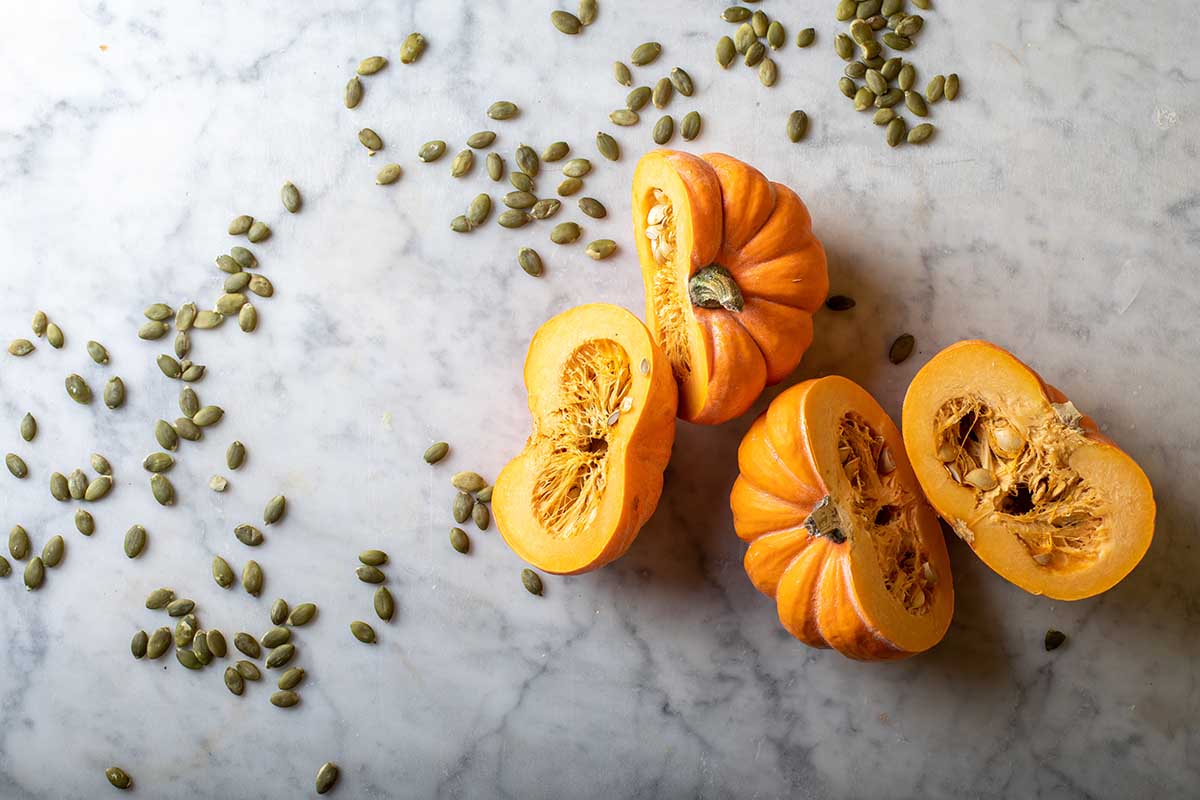
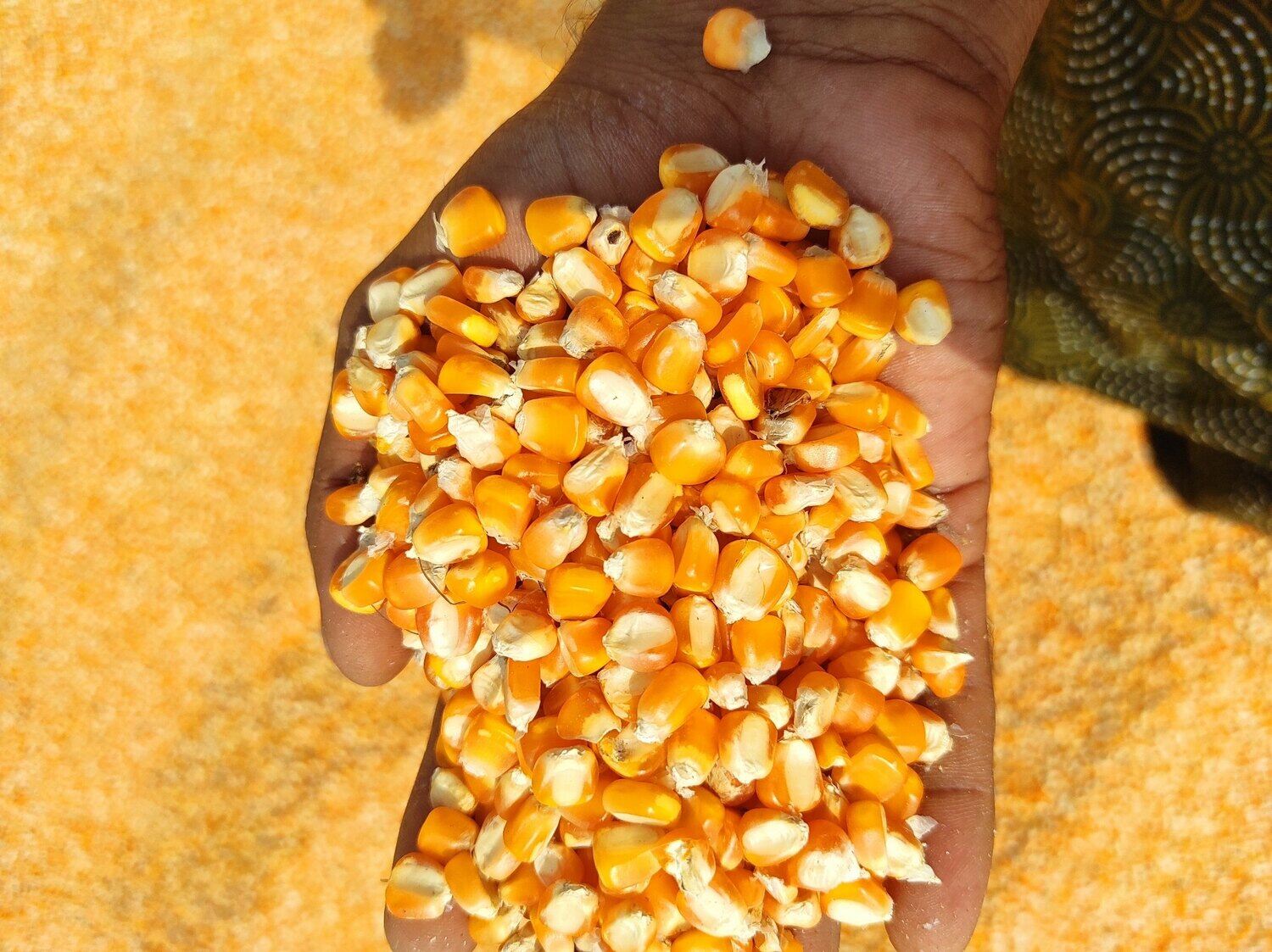
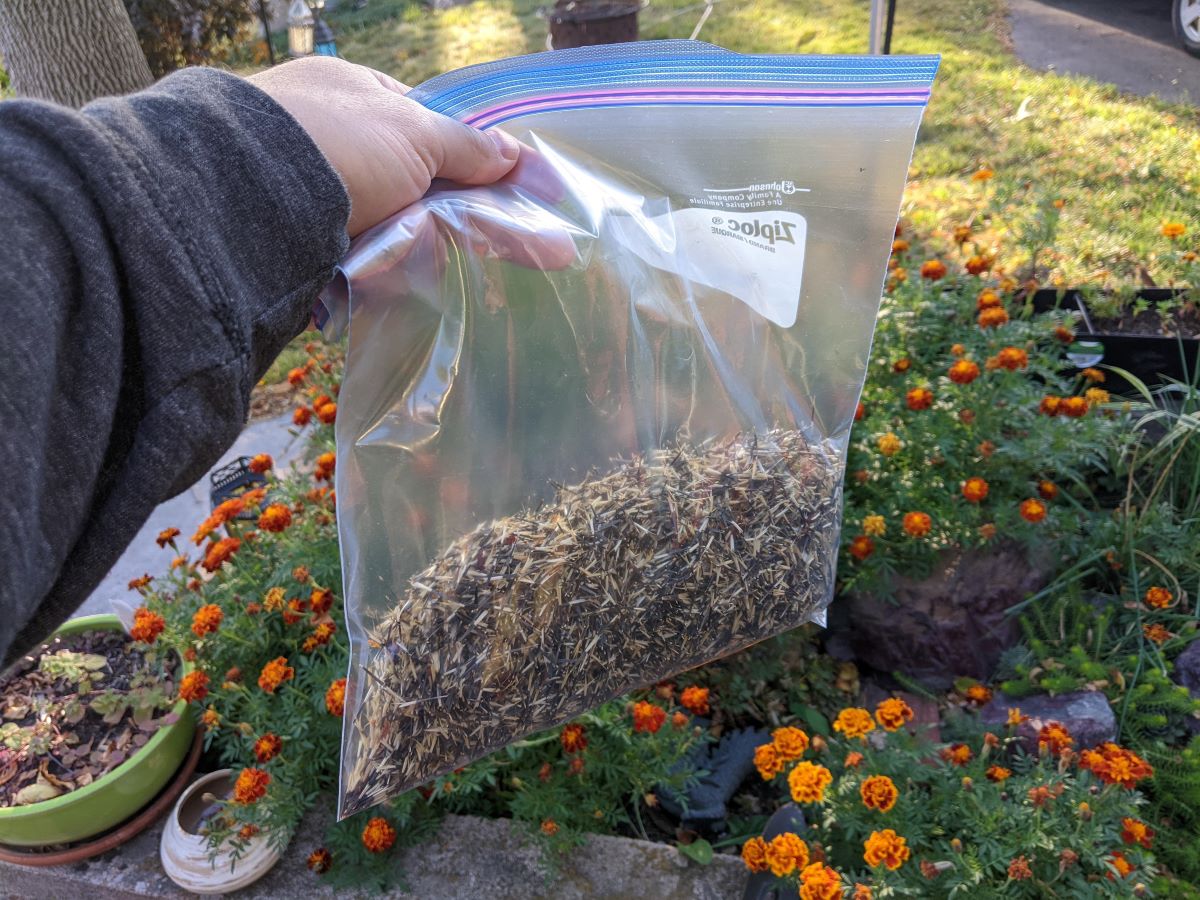
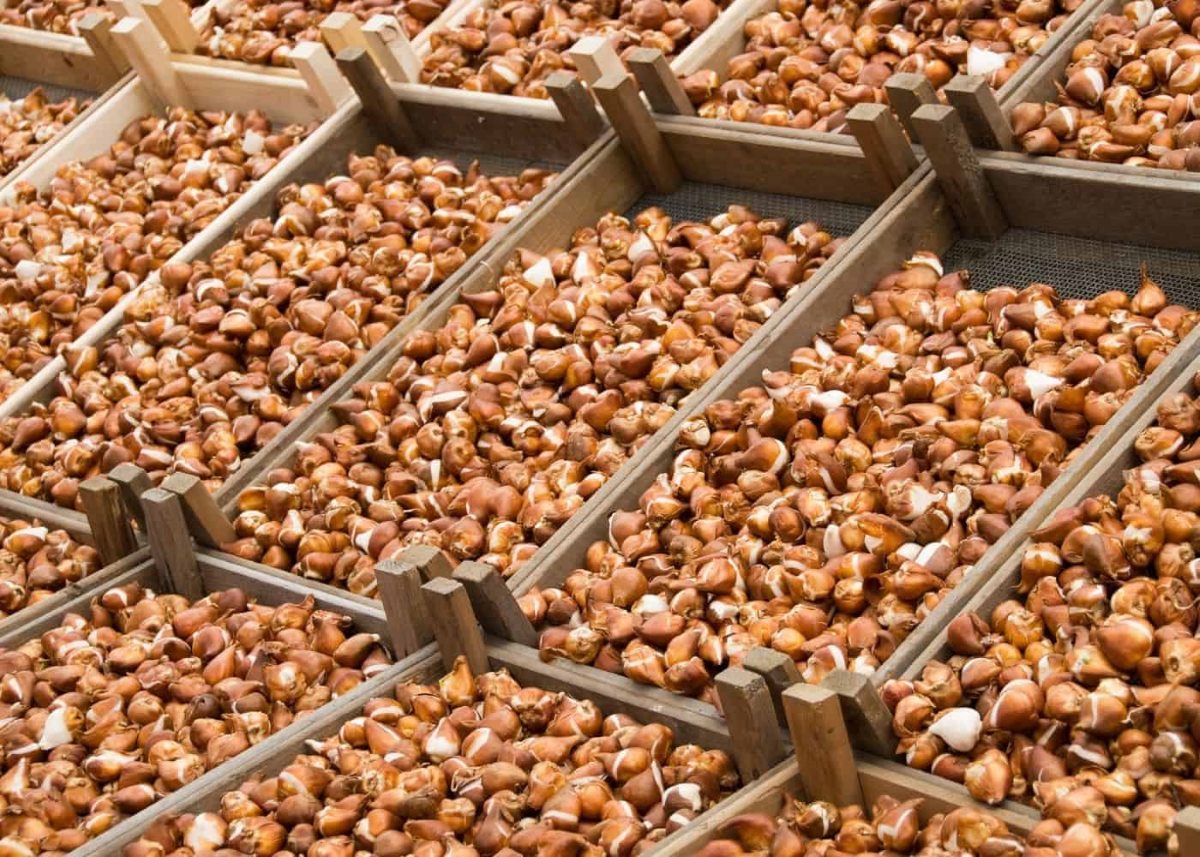
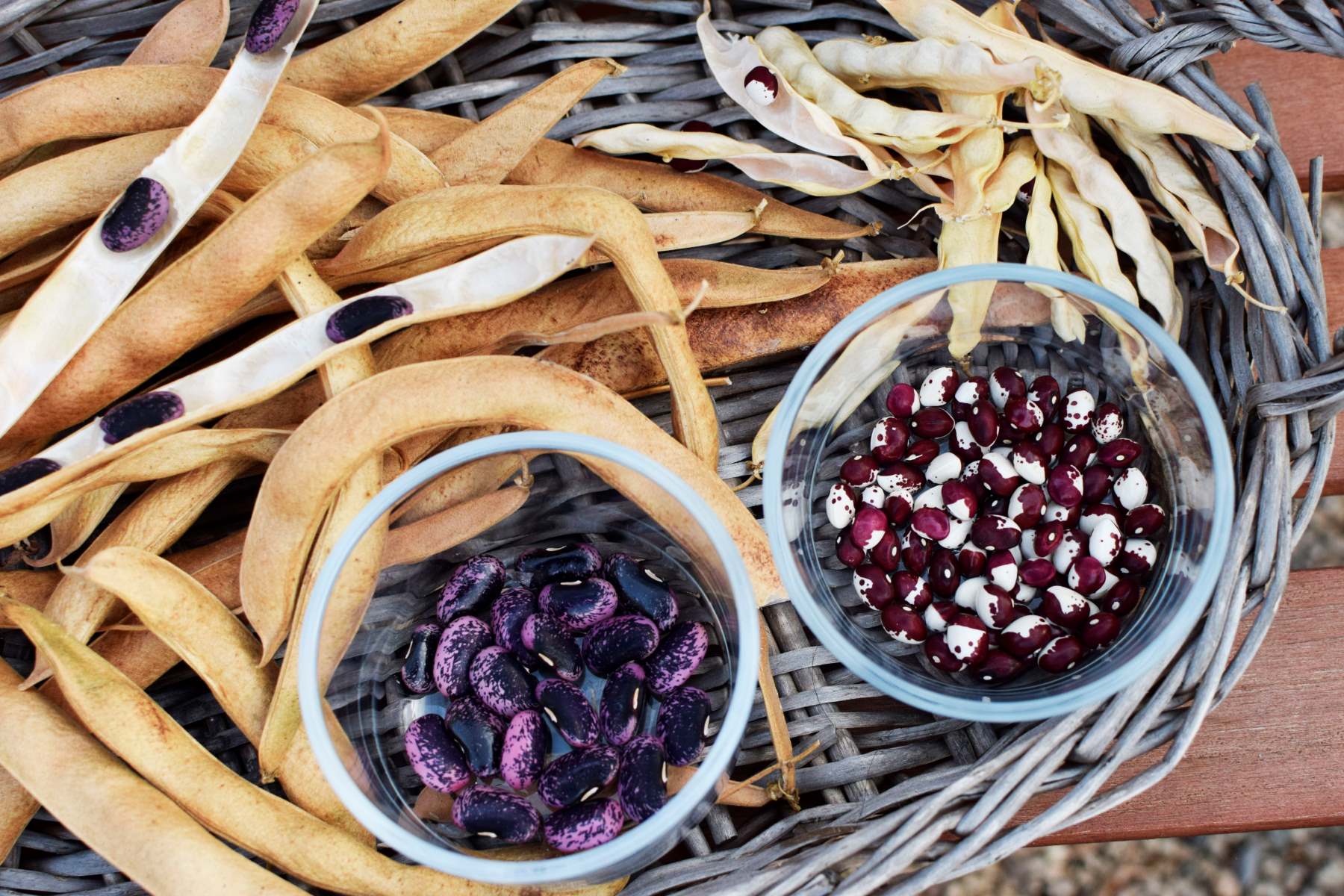
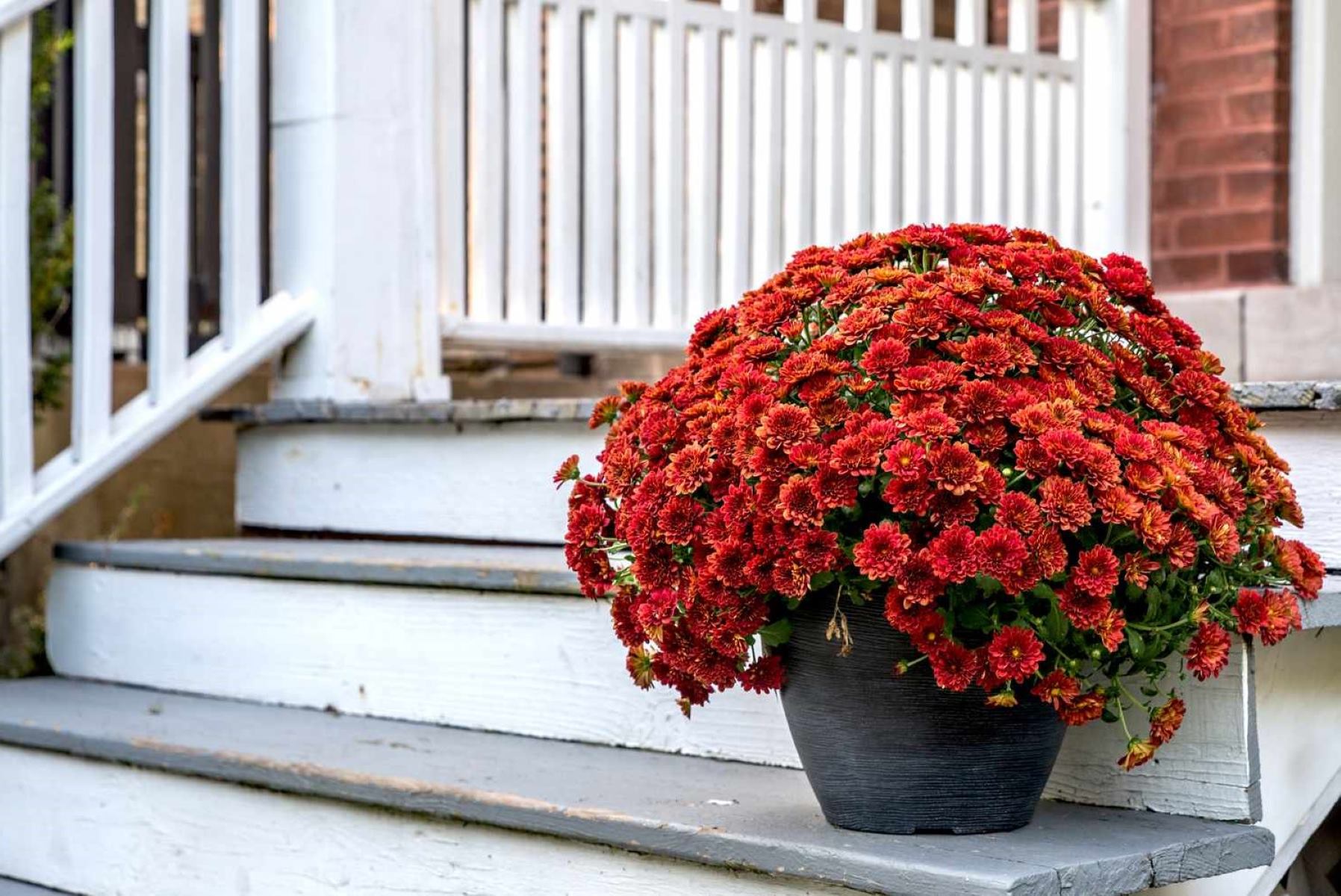

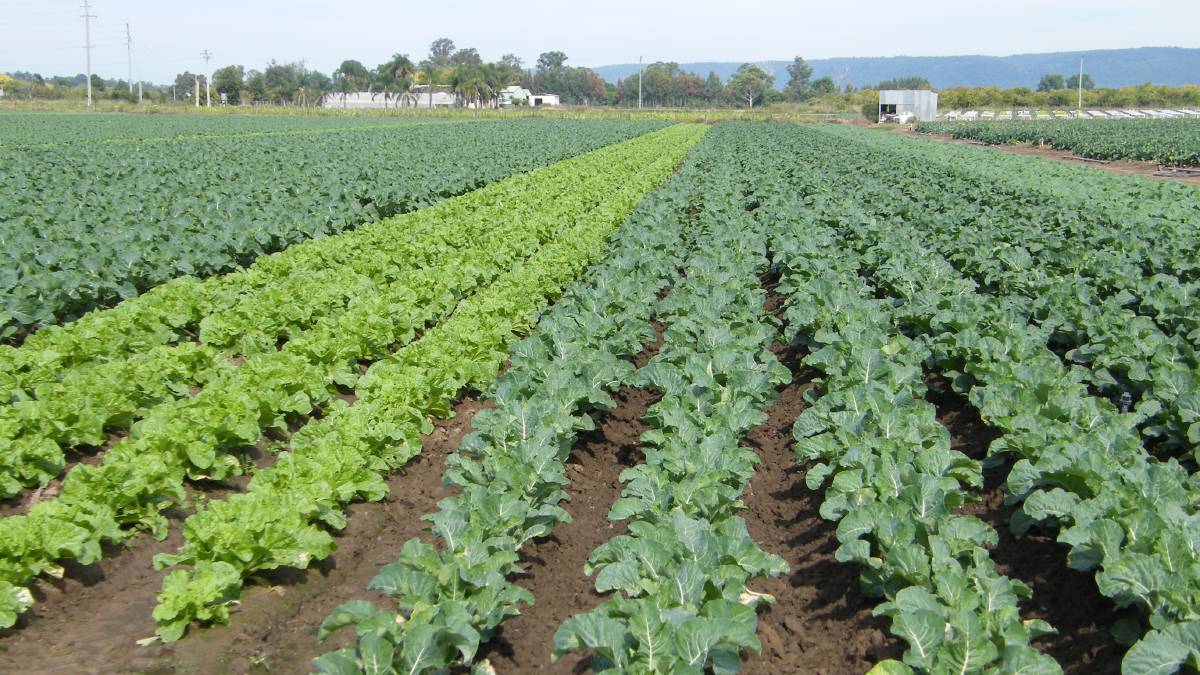
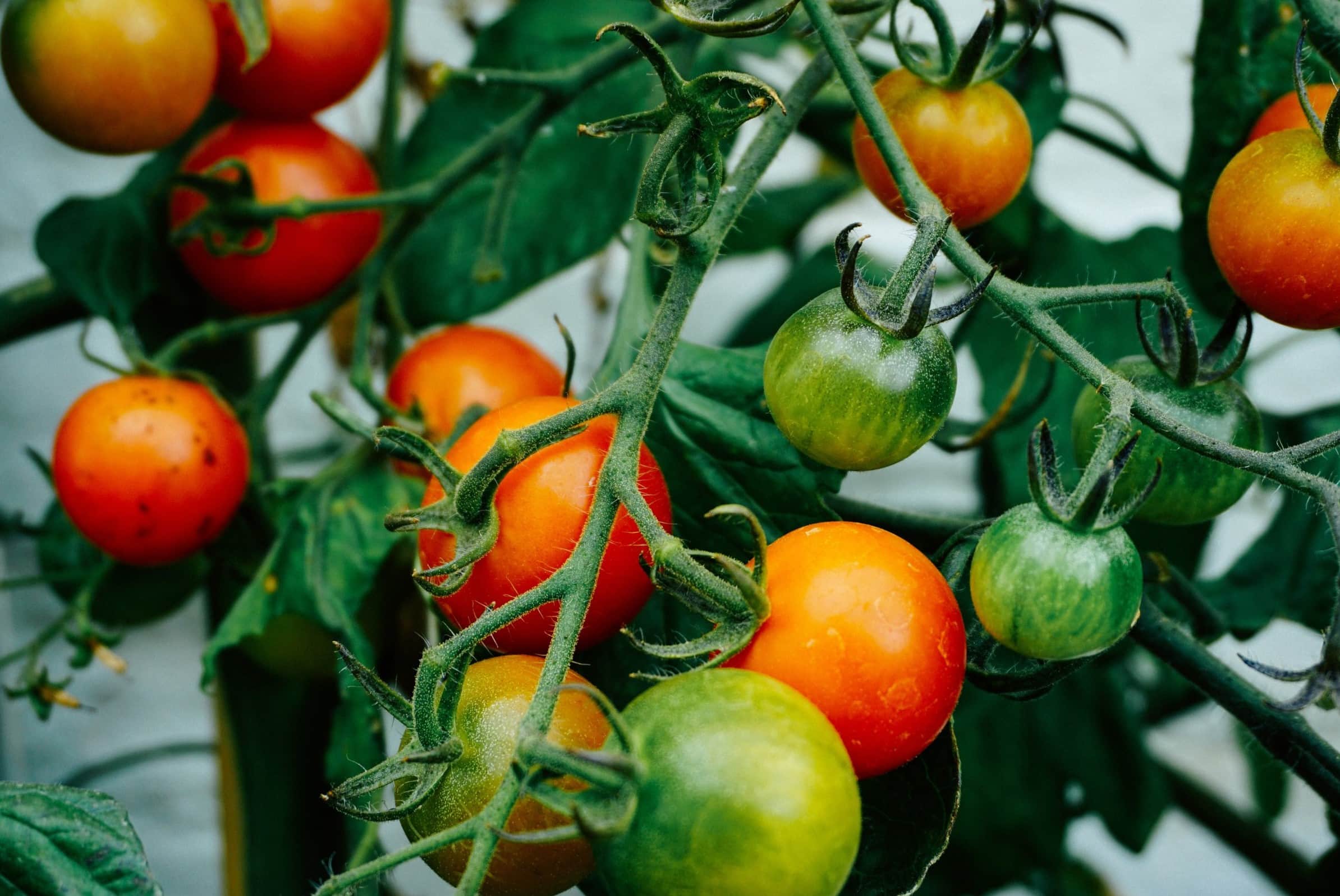
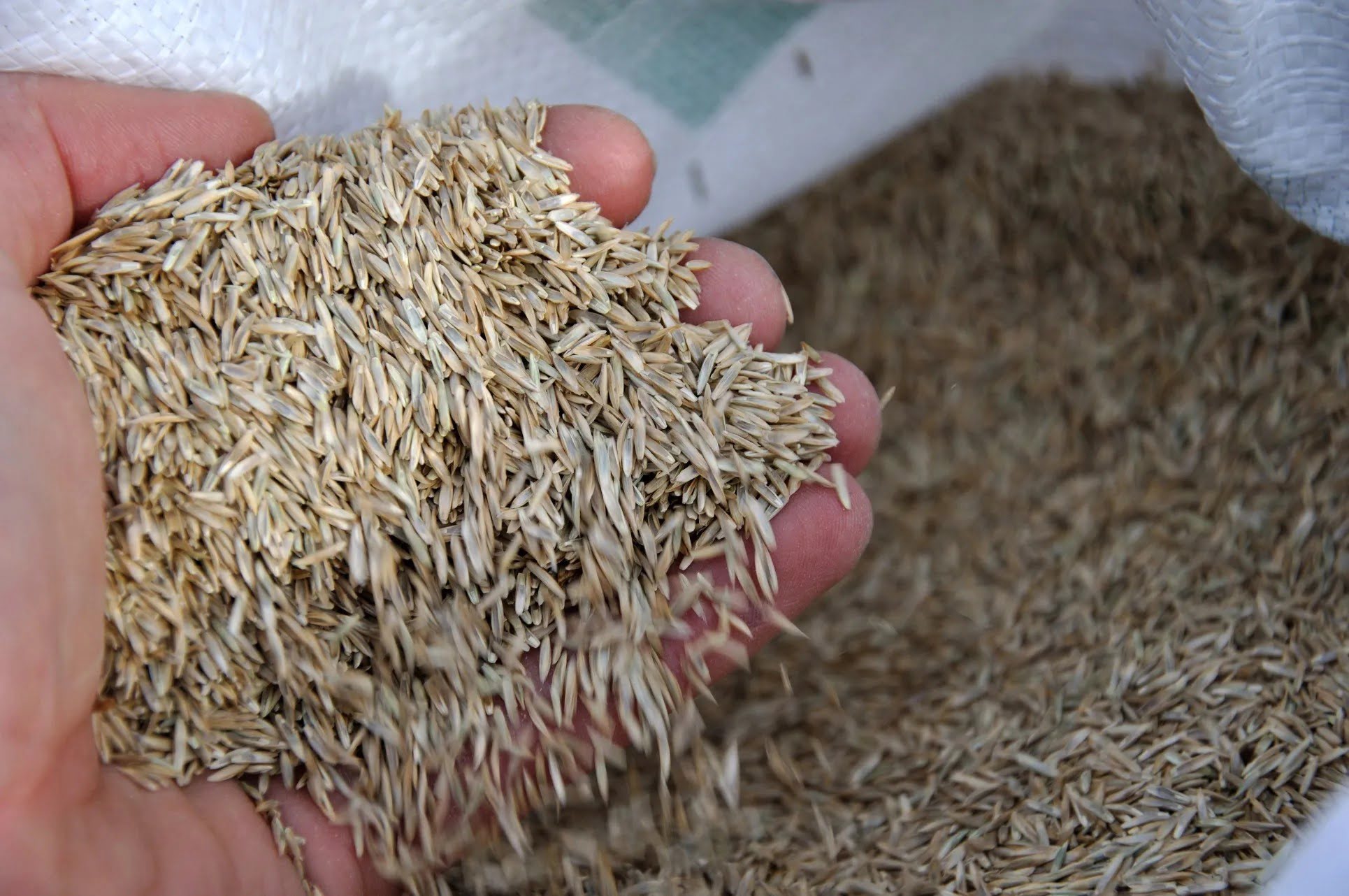
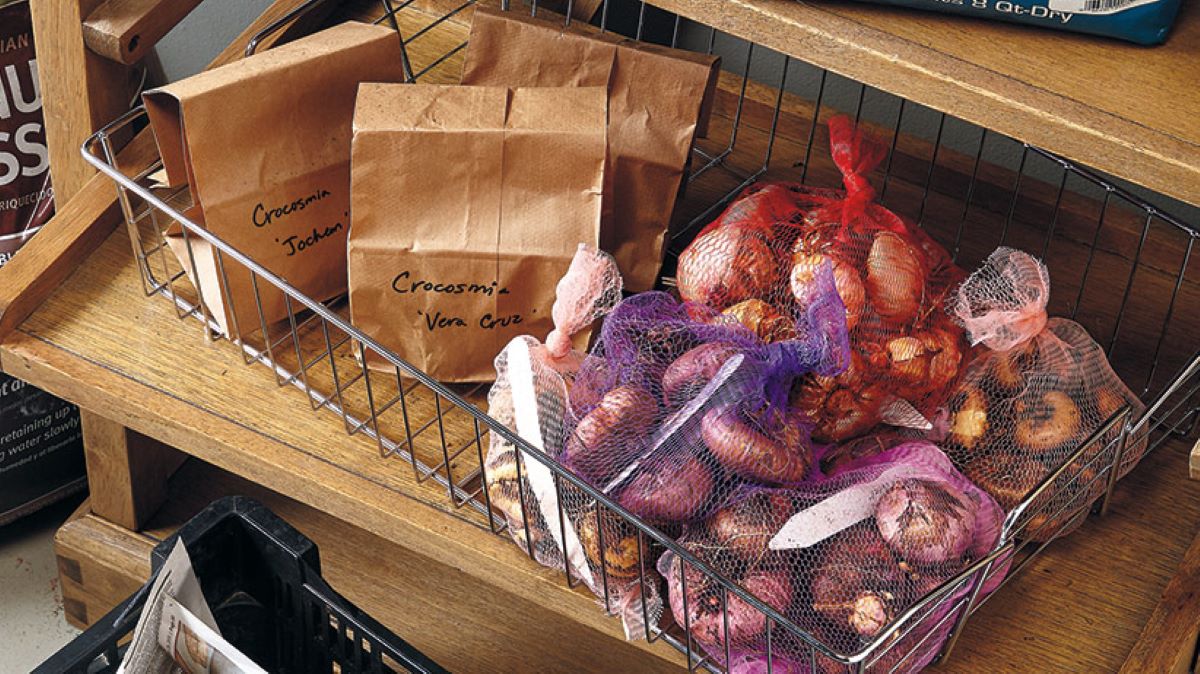
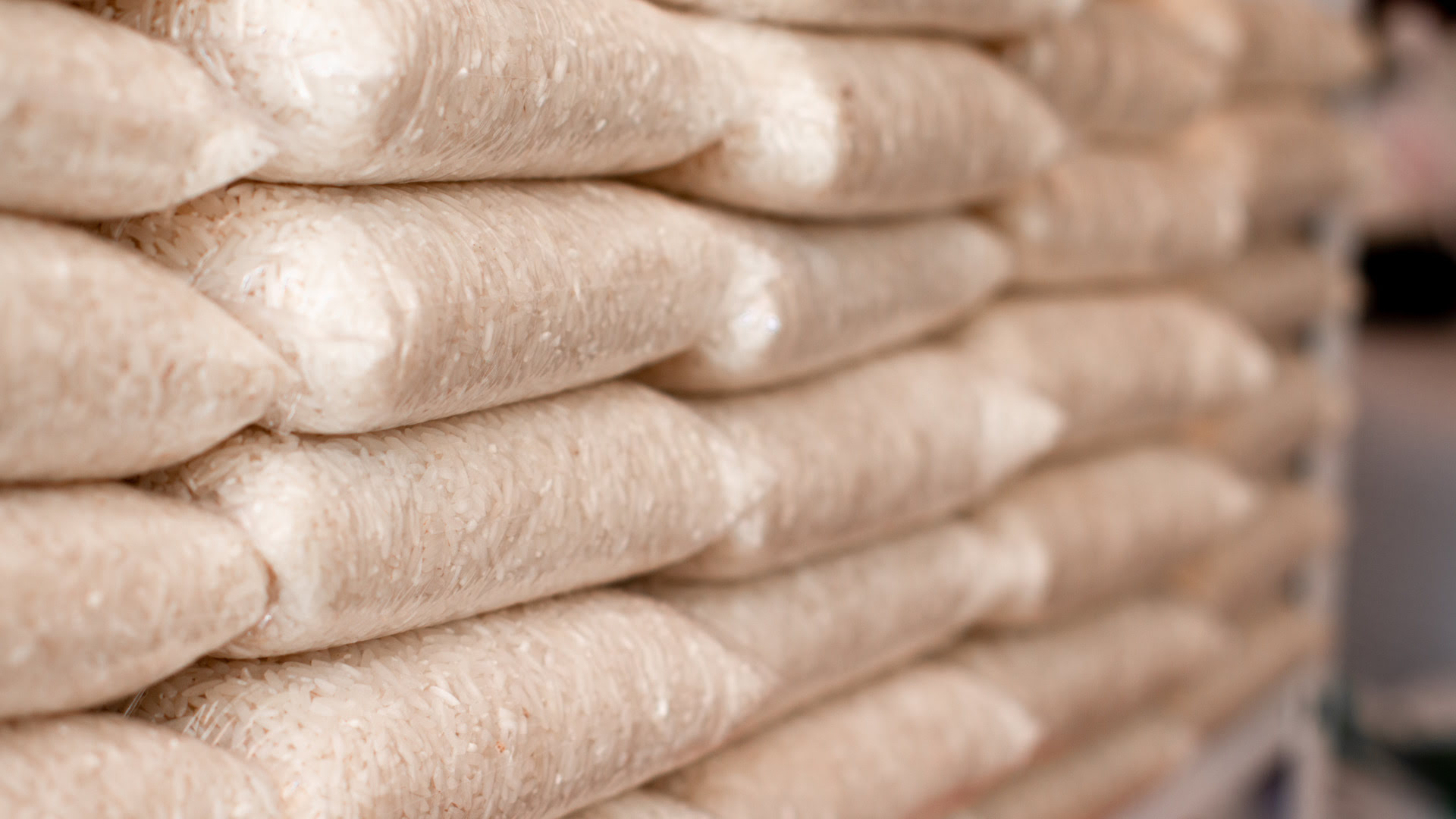
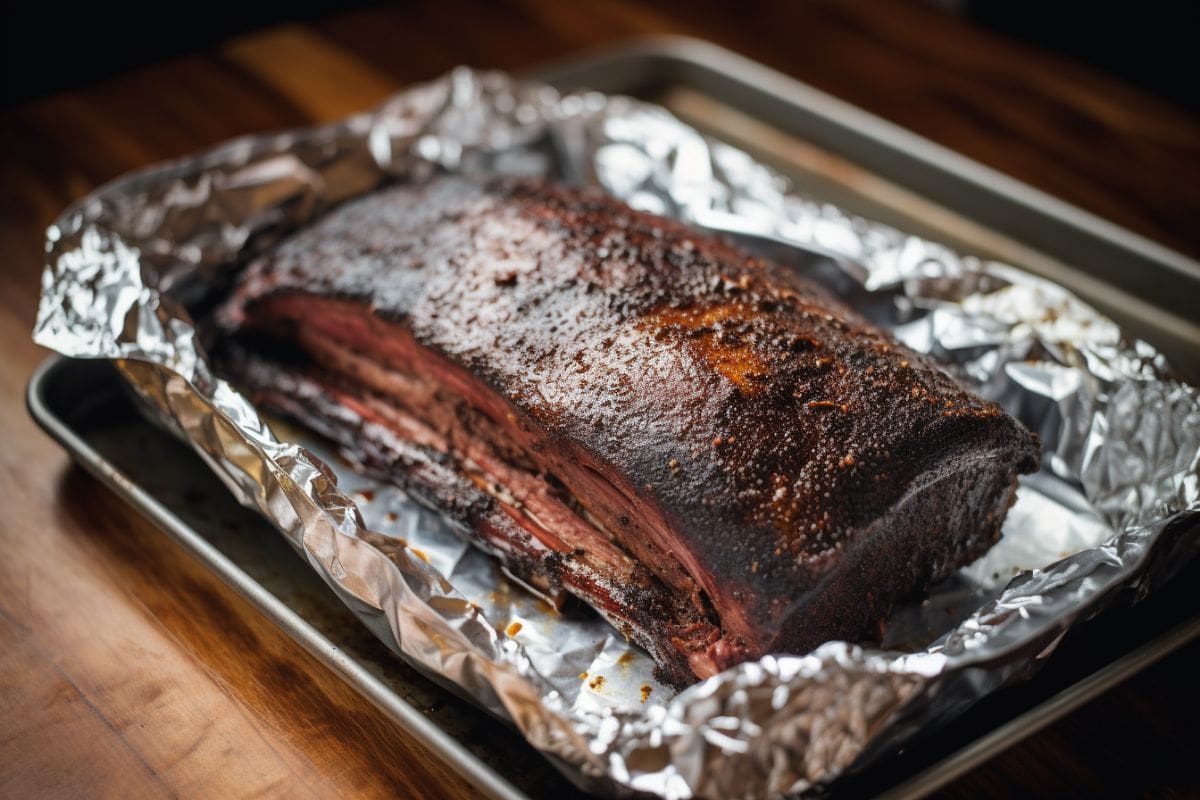

0 thoughts on “How To Store Seeds For Next Year”